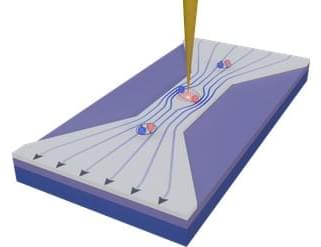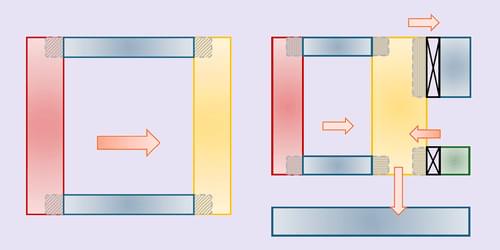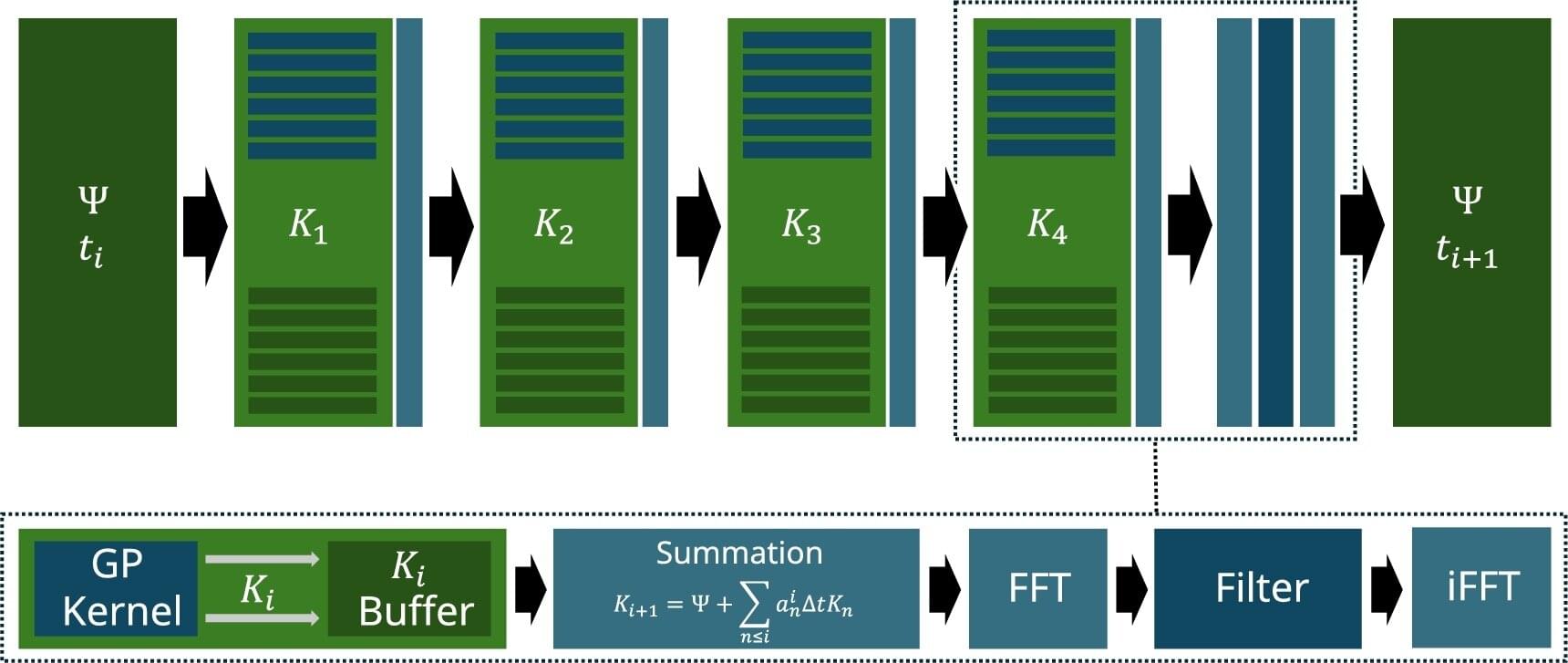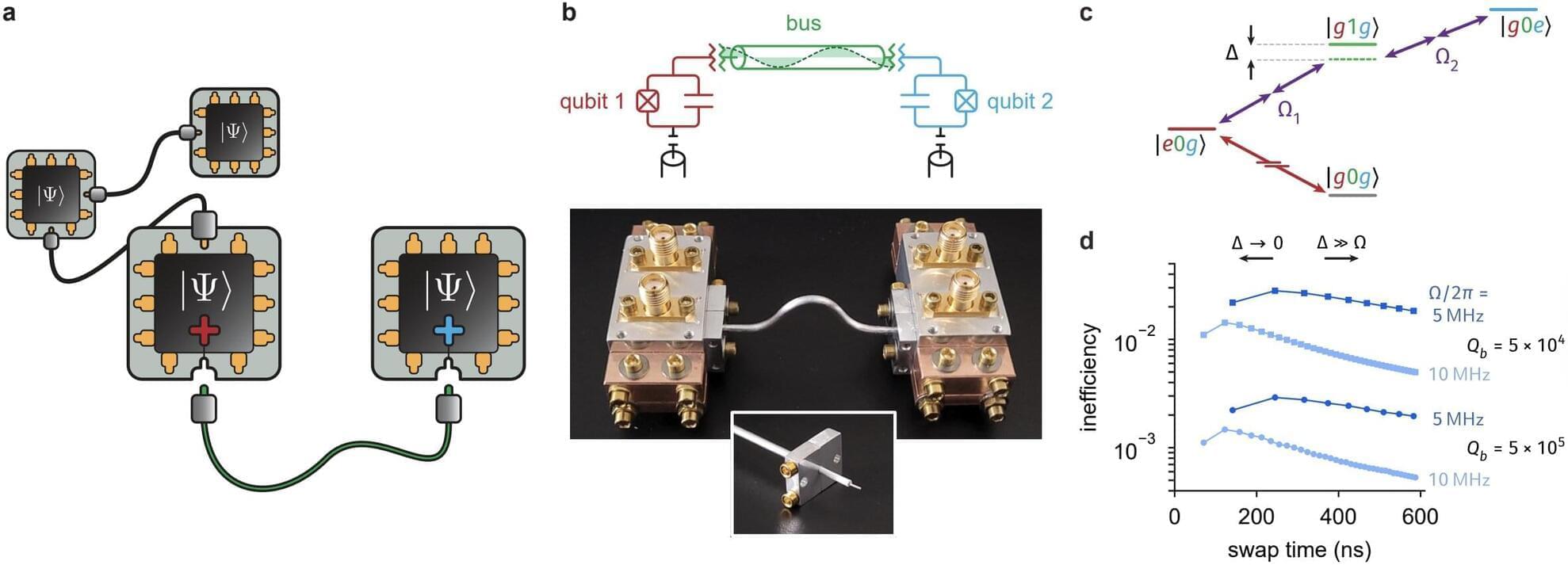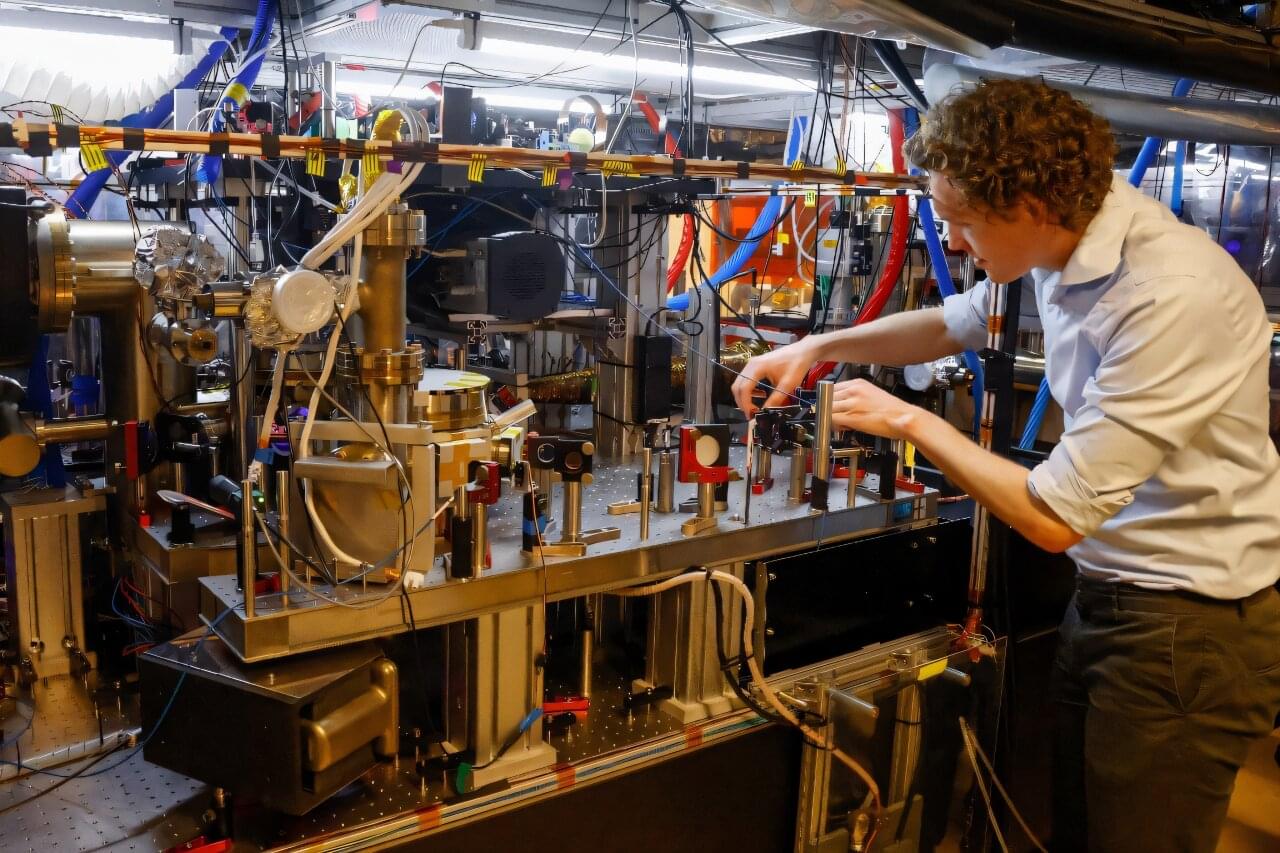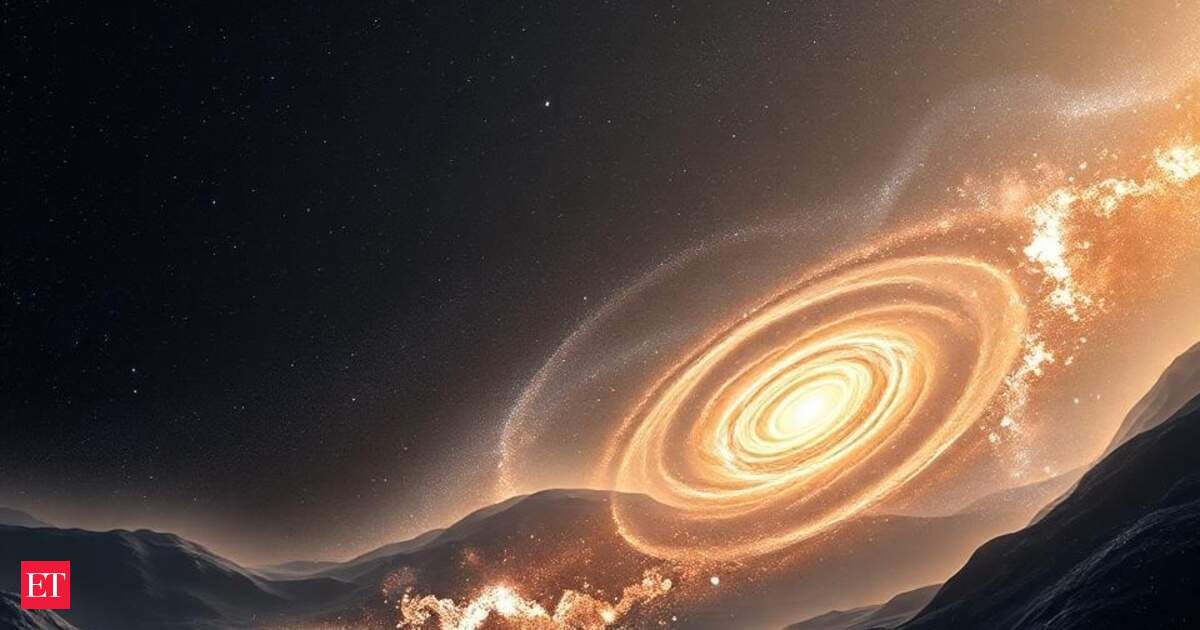This report reviews the construction and potential use of FTQC (Fault Tolerant Quantum Computing) computers to reliably perform complex calculations by overcoming the problems posed by the errors and noise inherent in quantum systems.
After recalling the reality of the quantum advantage and its needs, the report describes the use of error-correcting codes in the design of FTQCi computers. It then reports on the progress of the five most advanced physical technologies in the world for building such computers and the obstacles they will have to face in order to achieve the transition to scale necessary for the execution of useful applications. Finally, it discusses the technical and economic environment for quantum computers, how their performance can be compared and evaluated, and their future coexistence with other computing technologies (3D silicon, AI) or with supercomputers.

